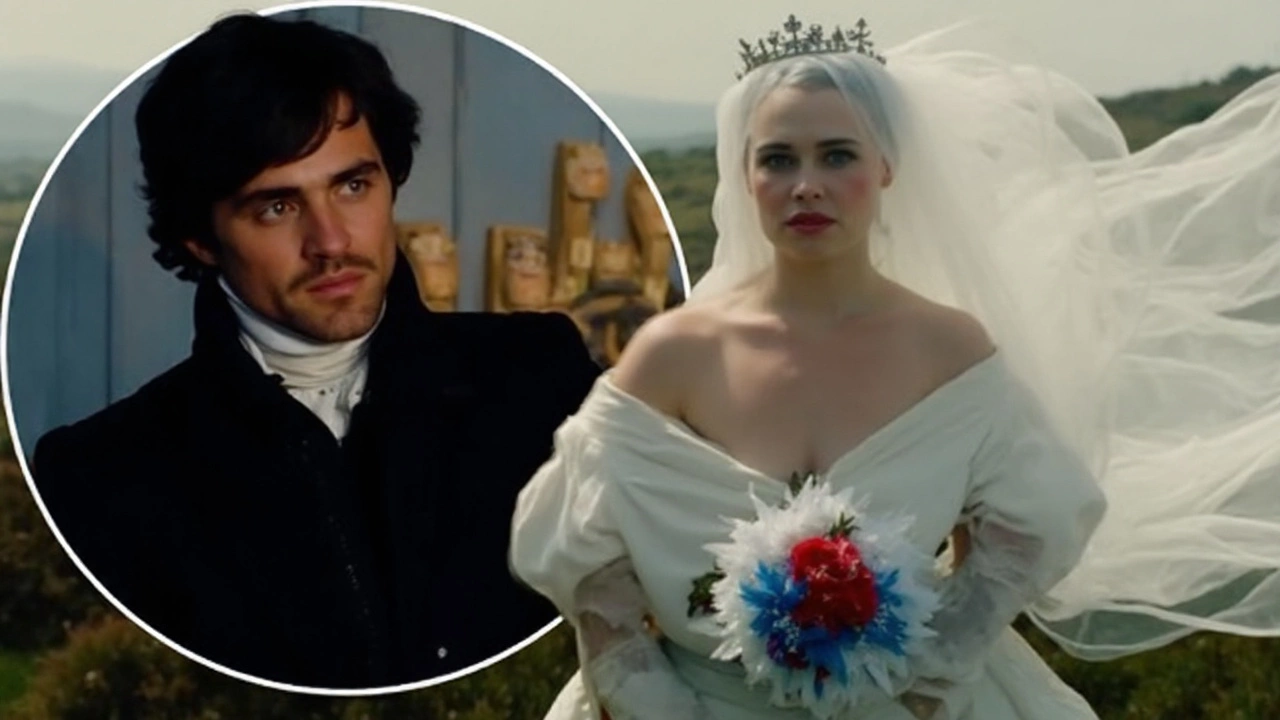Emerald Fennell’s moorland return: Wuthering Heights heads home
The moors that shaped the Brontës are about to echo on the big screen again. Emerald Fennell—the Oscar-winning filmmaker behind Promising Young Woman and the director of Saltburn—will open this year’s Brontë Women’s Writing Festival in Haworth with a deep dive into her next project: a new adaptation of Wuthering Heights, led by Margot Robbie and filmed in the Yorkshire Dales.
Fennell’s appearance is the marquee moment for the festival, which celebrates novelists and northern writing in the Brontës’ own village. Her talk will unpack how she approaches story on the page and on screen, from character to structure to finding the right tone for Emily Brontë’s wild, unruly love story. The launch event takes place on Friday evening, with a glass of fizz and vegan canapés included. Tickets are £25 for adults.
The film shot on location earlier this year across the Dales, leaning into the bleak beauty that gives Wuthering Heights its bite. A theatrical release is planned for early 2026, putting it squarely on the awards-season horizon. Plot details are under wraps, but the aim is clear: bring Emily Brontë’s Gothic classic to a new generation without sanding off its rough edges.
Fennell has long moved between forms—actor (The Crown), novelist, screenwriter, and director—and her work often plays with desire, power, and transgression. Those themes sit comfortably inside Wuthering Heights, a novel that still feels modern in its rage and obsession. After the glossy menace of Saltburn, a windswept Gothic like this could be a sharp next step.
Margot Robbie’s involvement is another signal of intent. Beyond her star power, Robbie’s production company LuckyChap has backed Fennell before, a partnership that tends to go big on style and audience conversation. Setting that sensibility against the rawness of the moors could make for a version that feels both faithful and freshly unnerving.

Inside the Haworth festival: northern voices, Brontë roots
The Brontë Women’s Writing Festival centers this year on the theme “Writers From and Based in the North,” foregrounding stories shaped by northern landscapes and working lives. It’s a timely fit: Bradford district, which includes Haworth, is celebrating its year as UK City of Culture in 2025, and the museum’s programming leans into that momentum.
Alongside Fennell, the lineup features bestselling author Tracy Chevalier, whose Girl with a Pearl Earring turned a single painting into a global hit, and Australian writer and TV presenter Holly Ringland, whose The Lost Flowers of Alice Hart found new life as a streaming series. Both will explore how northern settings and the Brontës’ legacy have influenced their work, from character voice to sense of place.
Festival-goers can expect a grounded, craft-first conversation at the opening event: how a novel breathes on the page versus how a screenplay distills it; what to keep, what to cut; and how to make 19th-century passions feel present without turning them into pastiche. The programming also spotlights new titles from northern publishers, putting early-career writers alongside established names.
Haworth’s Brontë Parsonage Museum—the family home turned literary landmark—sits at the heart of the week. Its director, Rebecca Yorke, has framed the festival as part of a wider creative network building through Bradford 2025. That includes a collaboration with emerging writers in Bradford and Ghana, who are producing new work inspired by Angria, the sprawling imaginary world the Brontë siblings built as children. It’s a reminder that the Brontës started as DIY world-builders long before they were canon.
For fans of adaptation, Fennell’s take lands inside a rich screen history. William Wyler’s 1939 film gave the world a swooning, fog-draped Heathcliff. The 1992 version with Juliette Binoche and Ralph Fiennes leaned into doomed romance. Andrea Arnold’s 2011 adaptation stripped it back to earth, mud, and weather. Each era has read the book differently. A 2020s reading—after a run of female-led, visually distinctive films—will likely press on class, control, and the body as much as devotion and revenge.
There’s also the matter of place. Wuthering Heights is a novel where landscape behaves like a character. Shooting in the Yorkshire Dales lets light, wind, and horizon do the work CGI can’t. It also anchors the production in the region that made the story, tying the film to a local economy of crews, suppliers, and small businesses—exactly the kind of cultural flow Bradford 2025 hopes to amplify.
If you’re planning to attend the launch, arrive early—Haworth’s streets are narrow, and capacity at museum events can go fast. The format is friendly rather than formal: you’ll get refreshments, then a conversation with time for audience questions. Expect chat about adaptation choices, mood and music, and how actors and locations shape story in the edit suite.
The festival’s thread is simple: the North isn’t just a backdrop; it’s a creative engine. In that sense, Fennell’s Wuthering Heights fits the brief. It’s a northern story returning to northern ground, with a filmmaker who likes big swings and a star who can carry the heat. And if the moors cooperate, the weather might even do some directing of its own.
- Headline event: Launch evening with Emerald Fennell; £25 adult tickets include a glass of fizz and vegan canapés.
- Guests: Tracy Chevalier and Holly Ringland join panels on landscape, craft, and the Brontë legacy.
- Theme: “Writers From and Based in the North,” with new work from northern publishers.
- Film timeline: Wuthering Heights filmed in the Yorkshire Dales; cinemas in early 2026.
- Community link: Projects tied to Bradford 2025 and new writing inspired by the Brontës’ Angria world.
For Haworth, this is home turf. For Fennell, it’s a chance to show how a 19th-century novel can still feel dangerous. And for audiences, it’s an early peek at a film that aims to make the wind howl again.
